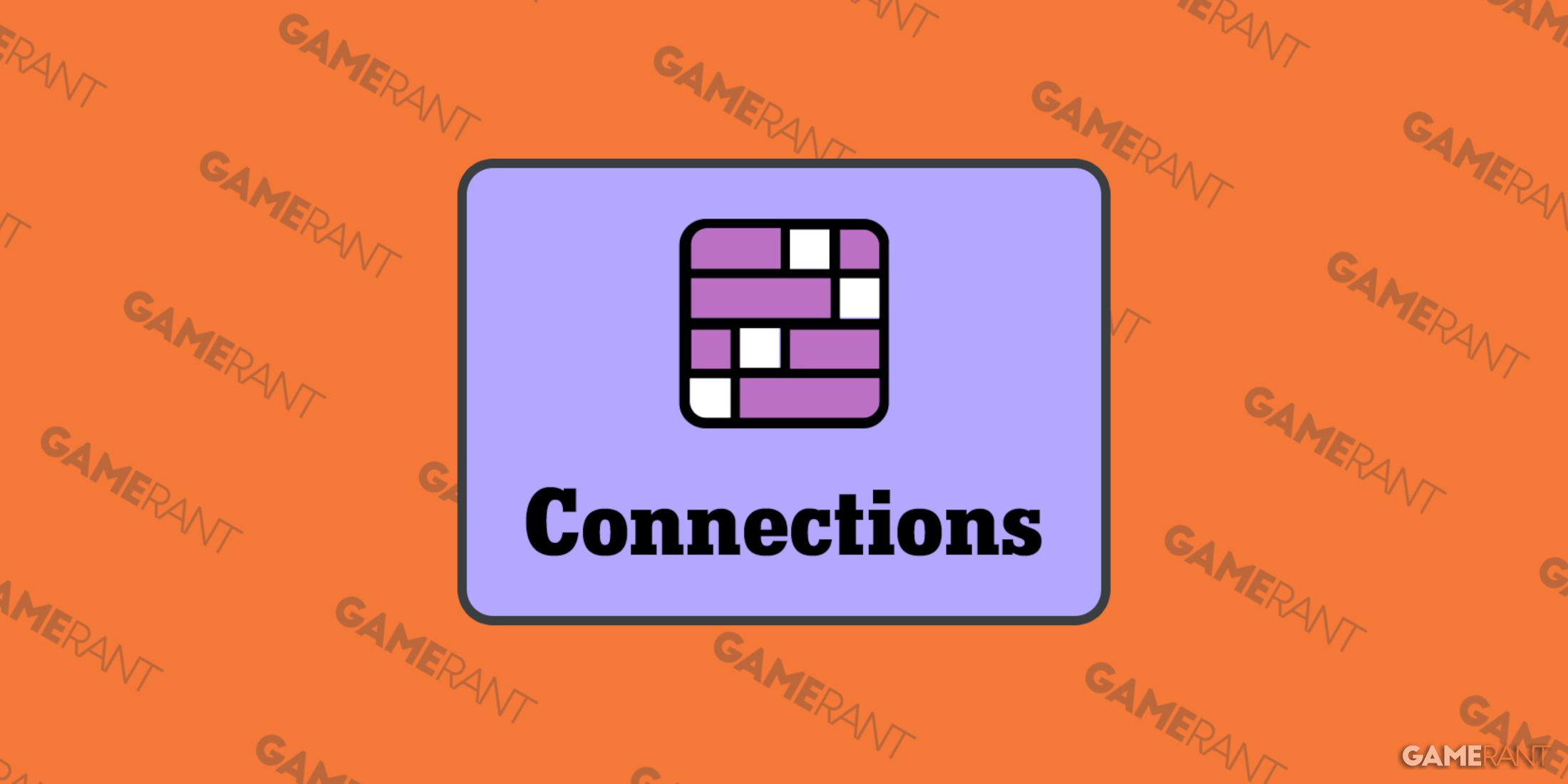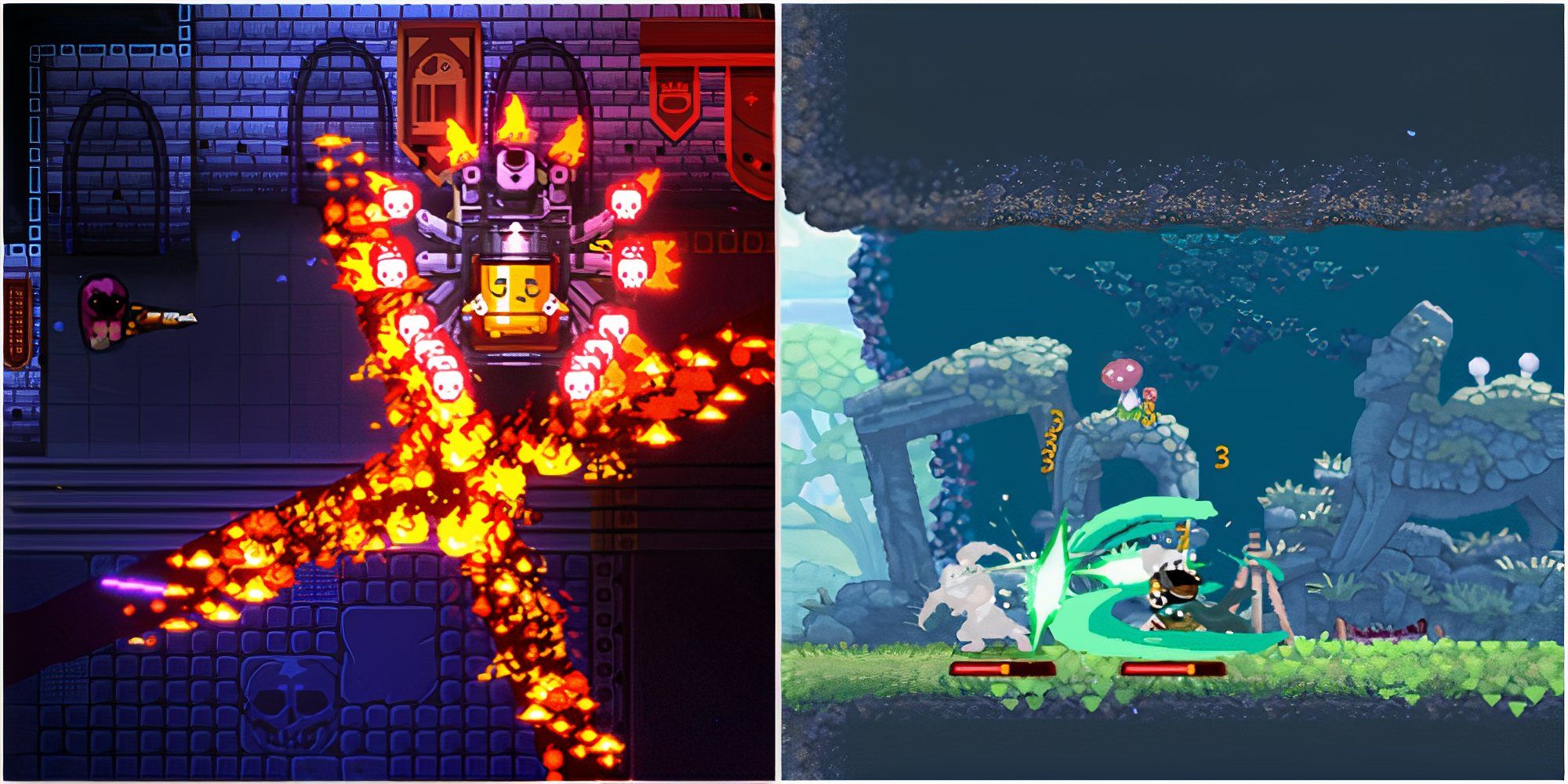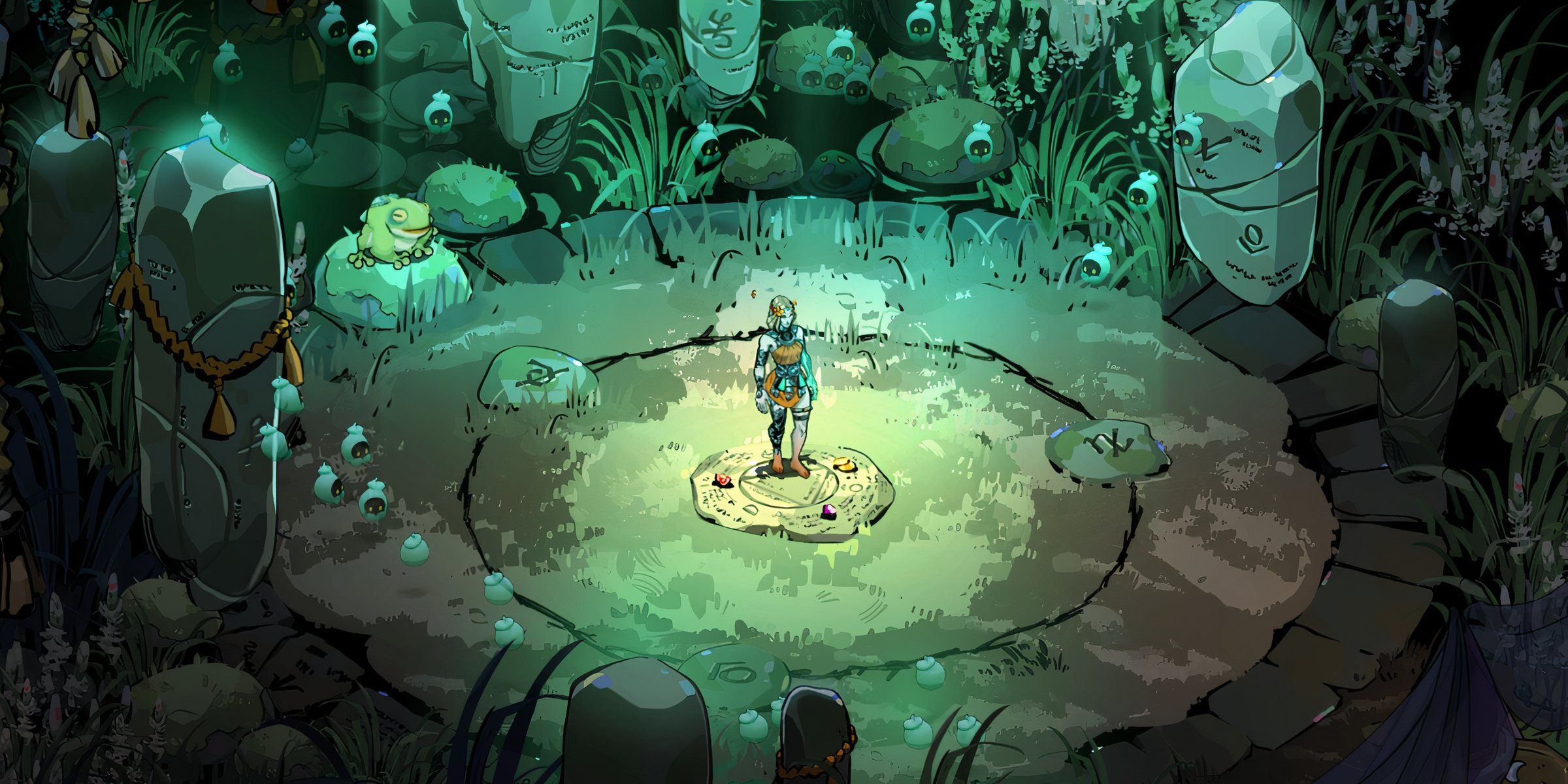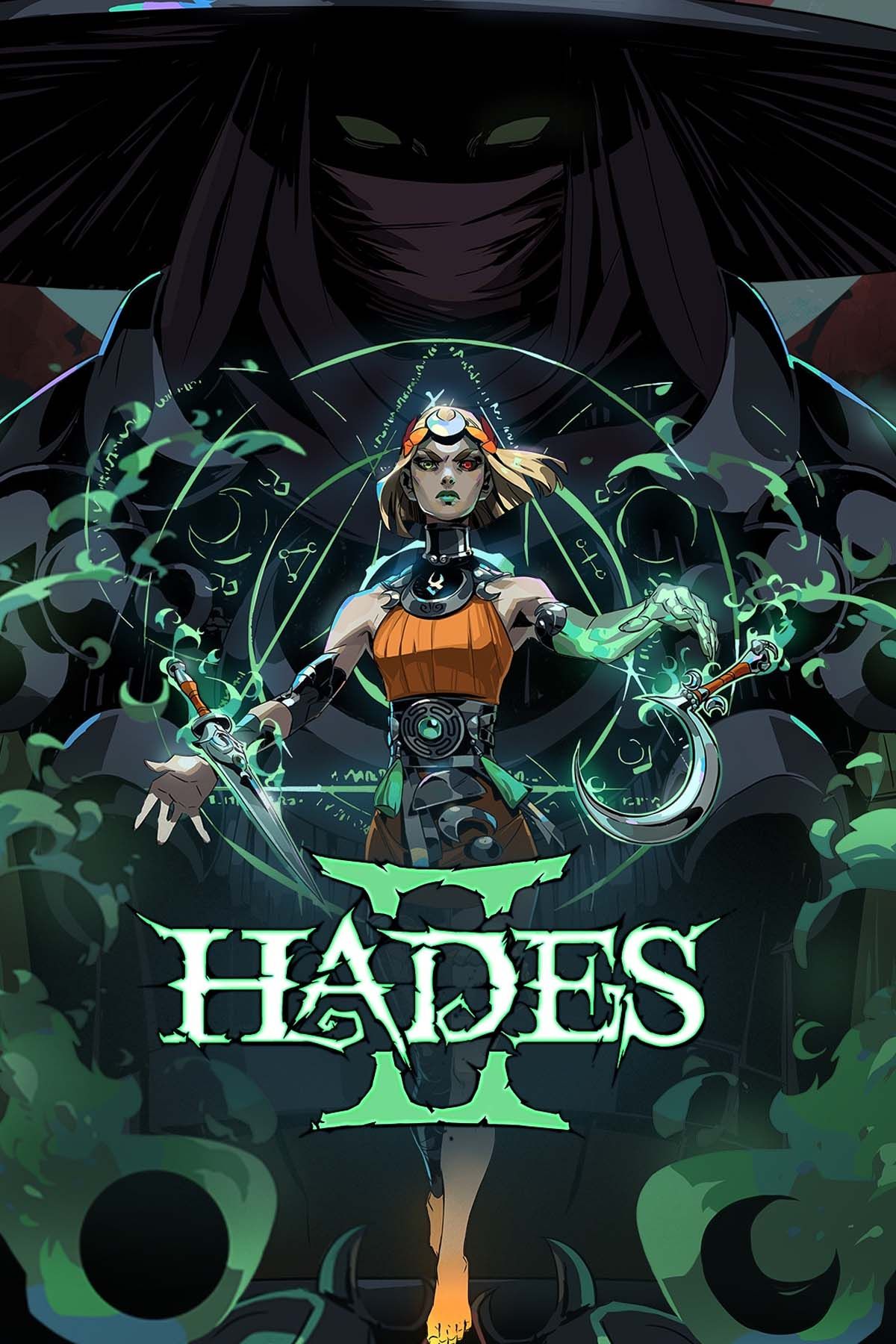Highlights
- Hades 2 in early access feels like a complete game with a familiar roguelike progression system.
- Each run is enriched by new dialogue, paths to power, and short-term goals for players to achieve.
- Investing in specific tools and resources can lead to powerful upgrades, ensuring each run is worthwhile.
Considering how much content is currently in the early access period of Hades 2 already it wouldn’t be surprising if it was a full game in and of itself. It’s certainly an impressive feat and it only continues to seem larger as story events unfold with each death, progressing Melinoe and her stalwart encampment toward their goal of defeating Chronos. Much of this journey seems familiar as it parallels the same gameplay progression Zagreus steadily endures in Hades. This makes sense with Hades 2 being a direct sequel and it’s a godsend for anyone who’s retained their muscle memory from the original, too.
Melinoe shares similarities and differences with Zagreus as may only be natural, and for anyone who spent countless hours tirelessly blitzing through runs to best Hades in the original game there are a lot of returning features and mechanics that are likely to be a fond memory they can tap back into like a sleeper agent being triggered. Indeed, each run can feel enriching depending on how much players have explored and conversed with NPCs, as well as how far they were able to get before perishing. Thankfully, Hades 2 follows its predecessor in being a roguelike game that rewards short, attainable goals.
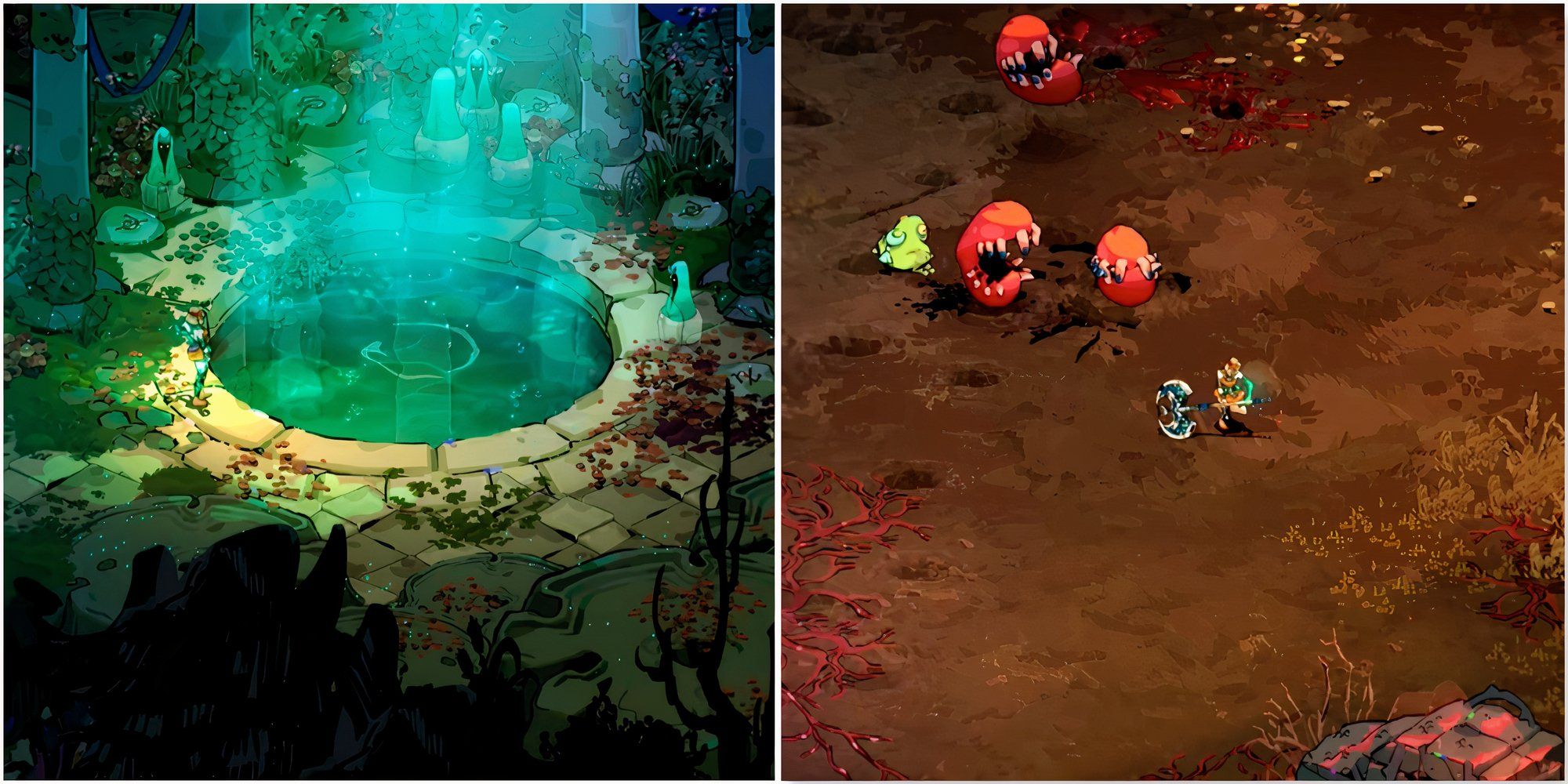
8 Things You Didn't Know You Could Do In Hades 2
Hades 2's Early Access brings a ton of new things to the table, and it's easy to miss out on a couple of them. Here's what players may have not known.
Hades 2’s Resource Collection is a Journey Unto Itself
The core loop of the Hades games revolves around deaths rewarding players with narrative beats and gameplay progression. Once it’s understood that players aren’t intended to ever be able to conquer the game in a handful of runs, deaths in-game are more or less a means of players progressing.
This is bolstered by each new line of dialogue or each new revelation that players are imparted with. Then, what players are able to hold onto between runs is what’s truly of importance as they learn how they can make themselves more powerful in each subsequent attempt. In Hades 2, players can rush their way to the Nocturnal Arms’ Moonstone Axe, for example, as long as they don’t mind keeping the Crescent Pick equipped for several runs and disregarding any of the valuable resources they could’ve collected via the slate of other Gathering Tools.
Only one Gathering Tool can be equipped during a run, meaning players are already investing in short-term goals anyway, and that’s why Frinos and Toula as animal familiars are incredibly valuable.
Each Run in Hades 2 is an Exercise in Relative Goal-Setting
It’s these sorts of payoffs and sacrifices made each run that can quickly mold individual attempts into fleeting goals players set for themselves, so in the event that they perish unceremoniously they’ve at least dedicated their time in that run looting as much of a resource as they could. This is especially paramount in Hades 2’s progression system since incantation concoctions are costly and many resources come from unique stores that only a single Gathering Tool can procure.
As for location rewards that players will find ubiquitously on any attempt, it makes less sense to spread Melinoe thin on any run because the collection of bones, ashes, and psyche altogether will net players only a few of each, rather than players deciding they’ll enter every location awarding ashes in order to amass as many of them as possible. Other decisions come into play as well, making it essential to know what certain resources can be spent toward.
Bones can buy ashes and psyche at the Wretched Broker , for instance, but because ashes and psyche are also location rewards it can be more favorable to spend bones here on fate fabric.
Guardians can be tremendously tanky in Hades 2, but again players aren’t meant to be overpowered early on and they’ll get more out of the game if they’re focusing on one resource and bettering Melinoe by goal-setting and accomplishing small tasks as they gradually learn enemy patterns and acclimate to new regions’ perilous environments. The beauty of this strategy is that even if players believe their run or build to be bad, knowing they have little health or inadequate boons, they can at least take comfort in knowing they’ve collected as much of a resource as they could and made the run worthwhile for when they inevitably return to the Crossroads.

